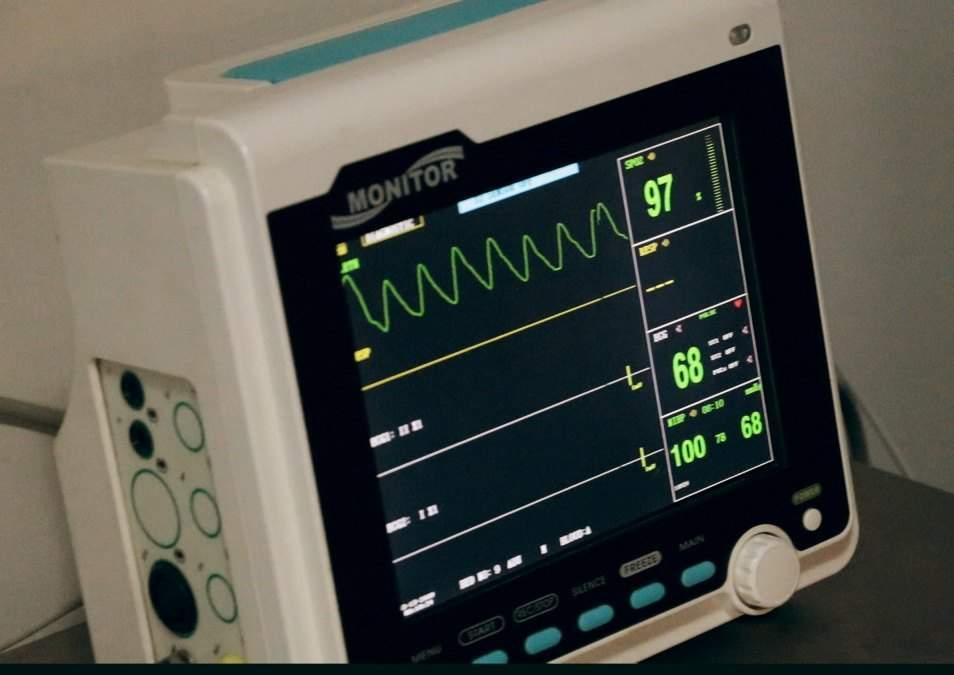
The solution integrate is Ascom’s Unite Connect for clinical systems software with Dräger Infinity patient monitoring systems.
Ascom’s Unite Connect has recently secured FDA approval for sales and distribution across the US. It is also available in Canada.
The joint clinical alarm management solution will extend the reach of patient alarms generated by Dräger’s patient monitoring system to mobile caregivers. The alert message will provide critical data and related contextual information right to the caregiver’s mobile device.
The mobility delivery of waveform images can add contextual dimension by helping increase awareness of patient’s condition and to help nurses distinguish between artifacts, false alarms and real alarms. Patients are also claimed to benefit from quicker response time events.
Dräger sales senior vice president Steve Menet said: “Effective clinical alarm management continues to be a high focus for health systems and hospitals. As the use of mobile technologies expands in healthcare, so does the opportunity to extend alarm management to mobile caregivers.
“Our new solution with Ascom provides customers the opportunity to communicate actionable patient information from our Infinity patient monitoring systems to clinicians, while filtering out nuisance alarms that contribute to alarm fatigue.”
Ascom North America president Rob Goldman stated that by collaborating with Dräger, Ascom can help hospitals supplement and enhance their alarm management solutions.
Goldman said: “Leveraging Unite Connect for clinical systems’ customizable alarm filtering helps mobile caregivers avoid unnecessary work interruptions, limiting their exposure to low-priority, routine alerts and helping reduce caregiver alarm fatigue.”
In European hospitals across France, Belgium and Norway, Ascom’s Unite Connect for clinical systems is already in use, with customizable alarm filters to help minimize non-actionable alerts which can cause workflow bottlenecks.
Nurses can then focus more effectively on patient care rather than responding to alerts that do not require action. These alert notification messages are intended as secondary notification system to inform caregivers of patient events captured by the systems and do not replace the primary alarm functions on the monitors.


